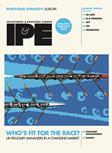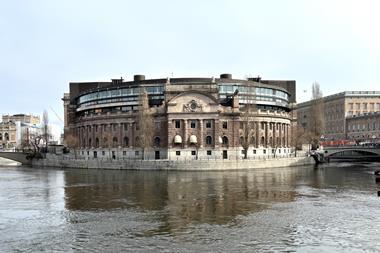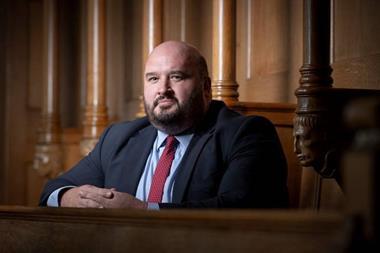Industry representatives have slammed new analysis claiming higher costs incurred by Swiss Pensionskassen just a month-and-a-half before a referendum on occupational pensions reform.
Discussions erupted after Rudolf Strahm, an economist, former politician and former cost supervisor, presented upwards-revised figures for administrative and asset management costs of Swiss pension funds in an article published by the Aargauer Zeitung.
According to Strahm, CHF8.6bn (€9.2bn), or an average of CHF1,500 per year and per member, go to finance costs of pension funds. This is CHF1.5bn more than previously calculated by the Federal Statistical Office (FSO).
The difference between Strahm’s figures and those of the FSO comes down to the amount of reinsurance or guarantees that private insurers provide for pension funds, which must be disclosed to FINMA, the financial market supervisory authority, Strahm said in his article.
Strahm has disclosed these numbers, while the FSO has not.
Disclosing guaranteed benefits leads to total asset management costs – making up 80% of total costs – of CHF6.88bn for the Pensionskassen, according to Strahm’s figures, compared with CHF6.1bn calculated by the FSO.
“Rudolf Strahm is stuck in the past when he accuses pension funds of a lack of cost transparency”
AMAS, the Swiss asset management association, in a LinkedIn post
The asset management costs of CHF6.88bn were “an incredibly high sum,” Strahm said, adding that this “private investment business” for pension fund assets was “non-transparent”.
Alternative investments such as hedge funds, used by pension funds, now account for a third of all asset management costs, according to Strahm.
Industry reacts
Strahm’s intervention met with a firm response from the Swiss occupational pensions industry and pension experts.
Pension funds association ASIP has accused Strahm of causing “alarmism” in the media, citing his description of pension funds as a “self-service shop for banks and hedge funds”.
In a LinkedIn post, ASIP rejected the accusations about a lack of transparency, saying the Federal Audit Office had said there was transparency and that the occupational pensions regulator had also testified to this.
ASIP is against expanding “legal control” on costs that would only lead to more bureaucracy for pension schemes, it added.
“The blanket denigration (of the second pillar) is just mortifying, but unfortunately media-effective”
Mia Mendez, chief executive officer of the pension fund for the employees and partners of PwC Switzerland
Francesca Pitsch, head of the team working on Swisscanto’s respected annual pension fund study, said that focusing on absolute costs was simplistic.
Asset management costs may seem high, but were a small sum, considering that total assets in the second pillar amount to around CHF1.1trn, Pitsch said on social media.
Net returns, after deducting the costs, were the crucial figures for members, she added.
“An investment strategy that only focuses on cost reduction comes at the expense of diversification, and leads to missed opportunities for returns,” Pitsch wrote. “More expensive asset classes such as real estate or alternative investments can be worthwhile for the members.”
In the view of the asset management association, AMAS, Strahm fails to understand that costs and performance should go hand-in-hand.
“Rudolf Strahm is stuck in the past when he accuses pension funds of a lack of cost transparency. In fact, various measures over the last 10 years have led to cost transparency of almost 100%,” AMAS wrote in a LinkedIn post.
Mia Mendez, chief executive officer of the pension fund for the employees and partners of PwC Switzerland, said that the “blanket denigration (of the second pillar) is just mortifying, but unfortunately media-effective”.
Image damage
Nico Fiore, managing director at Inter-pension, the organisation representing the interests of Swiss multi-employer pension schemes, noted that cost transparency was coming up frequently as a topic and that this suggested it might be part of a campaign for the vote on the second pillar reform in September.
“Regardless of whether this vote goes through or not, such negative campaigning can cause lasting damage to the image of the industry,” he added.
Fiore thinks that current calls for transparency — whether at parliamentary level or in the media – are unfounded, because annual reports already disclose costs, and pension funds are already obliged to provide members with information on request.
“It is really important that the three pillars on which our pension system is based are not played off against each other,” wrote Fiore. “Pension funds deserve a better reputation for the work they do for the Swiss society.”








































No comments yet